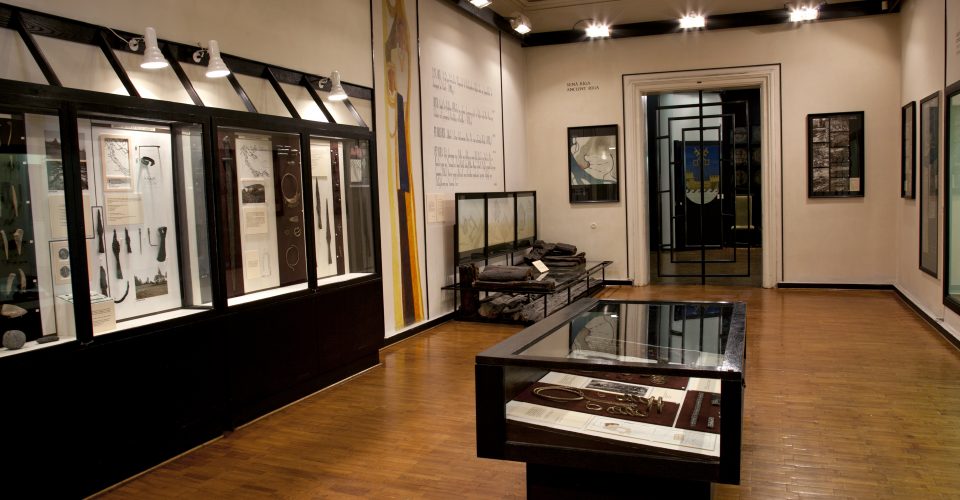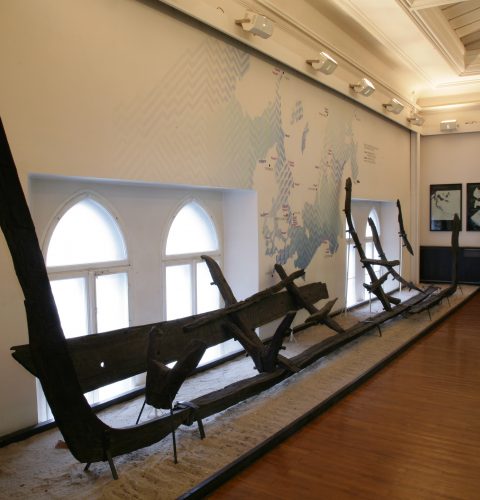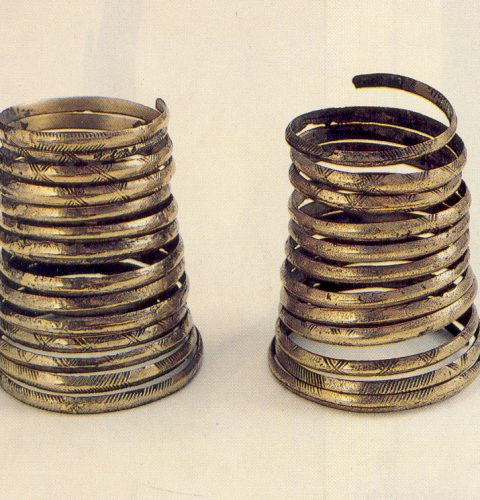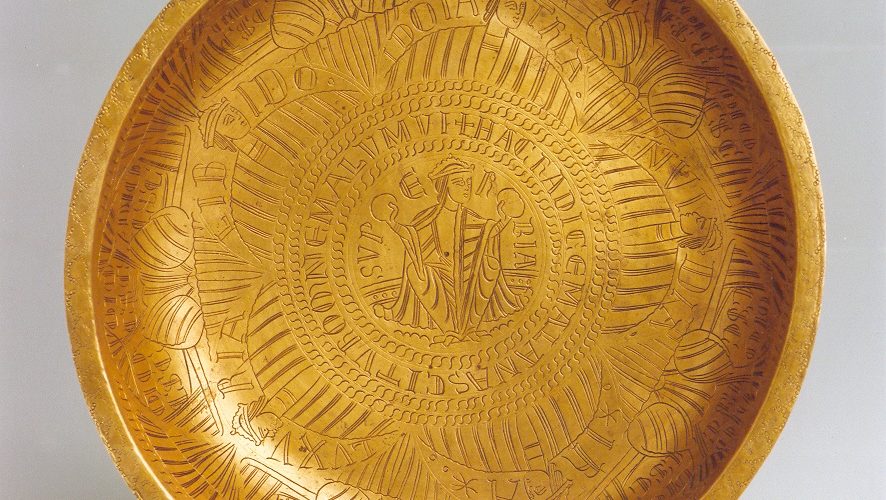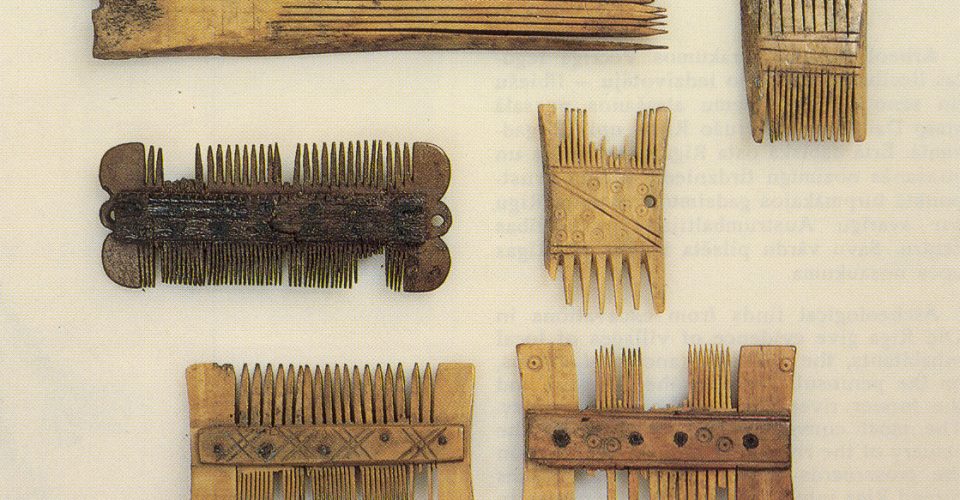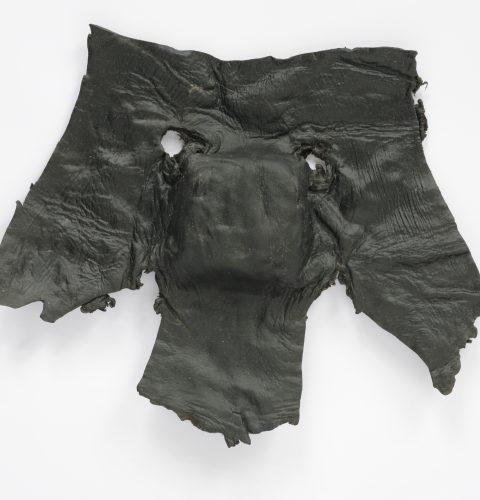Riga History: Origins of Riga (before 1201)
The origins of Riga go back to the 11th–12th cent., although the history of the lower reaches of the Daugava is even more ancient. Traces of Latvia’s first inhabitants – early Stone Age hunters – have been found in Salaspils Laukskola, while a Bronze Age fortified settlement at Ķivutkalns is one of the remarkable archaeological monuments of the time in the Eastern Baltics. A particularly dense population at the territory of the present-day Old Riga was observed in the 12th century, when the Daugava Livs and immigrants from Northern Kurland set up two villages. Owing to the geographical position at a convenient, natural port on the banks of the River Rīga and at the crossroads of trade routes, Riga in the second half of the 12th century grew into the economic centre of the territory around the lower reaches of the Daugava.
The exhibition displays artefacts of the Stone, Bronze and Iron Ages found in the vicinity of Riga (Salaspils Laukskola, Vārnaskrogs at Buļļupe, Ķivutkalns a. o.), also the 11th–13th cent. antiquities from archaeological excavations in Old Riga – tools, weapons, adornments and everyday objects. A most interesting evidence of Riga’s ancient history on show is a 13th cent. wreck of a ship, which had sunk in the ancient port.





